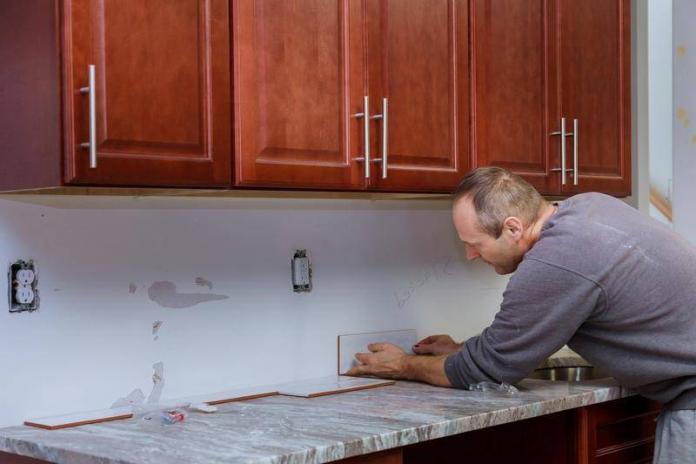A plastic injection company has many contributions to various industries. In particular, the most important industry being monitored today is the healthcare industry. Healthcare is constantly evolving and changing to make sure that the system is always up to date with the latest technology and medical breakthroughs. Understanding what goes into making medical-grade products will help identify the role of the plastic industry to the healthcare system. Here’s what you need to learn about it.
Quality Control
Creating molds and polymer based medical products require intense quality control. Only the highest standards should be applied to ensure that each product is safe to use. A manufacturer that creates products for the healthcare sector should use an effective method of product tracing to avoid health consequences due to a faulty product. This requires a tracking system that can promise full traceability within the inventory, machine operations, and more. Products must have a good array of quality control measures that will promise optimal product results and delivery. Consistency is key in the healthcare system when it comes to medical grade plastics.
There are different kinds of plastics available to use for different medical device molding and development. Each resin has a property that will determine how it will perform on its intended application and use. Plastic resins have varying levels of strength. If you require a product that can be used as a prosthetic, avoid using a flexible plastic and opt for durability. It’s entirely possible to use a hybrid as well but this is all dependent on what you need. Next you need to consider chemical and heat resistance to ensure that they can operate in various environments.
Different Plastics
The correct selection of polymer resins are critical. The resins chosen should meet medical safety standards and usage. The polymers used will vary in their properties depending on where it’s used. Here are some examples of medical-grade plastics:
PFA is a resin commonly used for lab equipment. PFA or Perfluoroalkoxy has special optical transparency, chemical intention, and flexibility that can be melt-processable. It’s easy to work with this type of plastic to make lab or medical equipment as it can melt fully and smoothly to fill in molds.
Polytetrafluoroethylene is also known as teflon or PTFE. Teflon is highly resistant to heat and weathering. You may be familiar with it as kitchenware ware but it’s also a resin used for creating low friction containers and pipes. The non-reactive property of PTFE makes it excellent for handling corrosive materials and chemicals.
FEP or Fluorinated ethylene propylene share’s Teflon’s low-friction and PFA’s chemical inertness. It’s similarly transparent to PFA while being resistant to sunlight or UV rays. This is very useful for equipment that will go through intense weathering.
Polycarbonate is commonly used for medical tubing. It’s a medical grade plastic that has natural transparency, high-tensile strength, and flexibility. It has heat resistant properties, stronger than acrylic, and has low moisture absorption.
Medical-grade plastic Benefits
Proper medical grade plastic is versatile and can be easily combined with metal parts to create an entirely different medical product. It’s also used for electronic medical devices that can be used within the body without risking the patient. Medical grade plastics can be injected into molds with improved ergonomics. The mold designs with ergonomics in mind make it easy to handle by both patients and experts. The reduced weight of the plastic can also contribute to a lower cost overall. Sterilization is also easier to do with medical-grade plastic.
Importance of Plastic injection Molding In Healthcare
Ever since the industry has been involved with healthcare, the use of these plastics steadily increased with great value. Medical devices using plastic injection molding methods have significantly reduced medical costs, pain management, and infectious diseases. These advanced polymers can be used to create medical devices, artificial limbs, and more. The use of these plastics have ensured and increased patient safety because of their beneficial properties and have saved countless lives for long periods of time.
Here are some medical devices that can be created through the use of injection molding.
- Needles
- Medical Enclosures
- Surgical Blades
- Surgical Instruments
- Medical Knobs
- Tubes
- Dental Instruments
- Prosthetics
- Medical Equipment Parts
- Catheters
Key Takeaway
A plastic injection molding company can create various products for this very important industry with different standards and uses. It’s important to do your research and do a background check if you’re trying to find a supplier. If you’re a manufacturer of medical grade products, your role in the healthcare system is just as important as the trained doctors and personnel in it. Developing next level healthcare products is no joke and it can change the tides of the industry when used correctly. Take your time to remember the role of plastic in the plastic industry the next time you receive a similar product.








